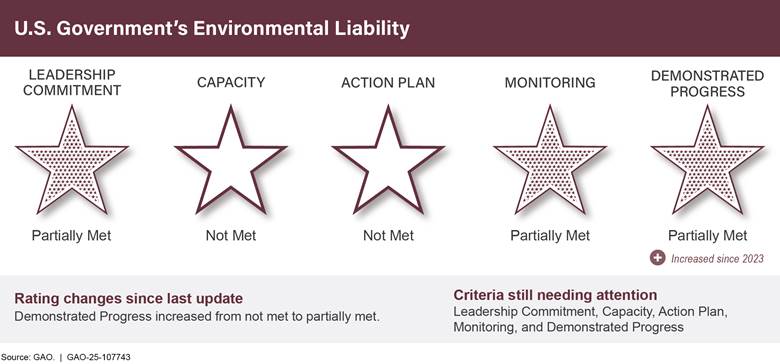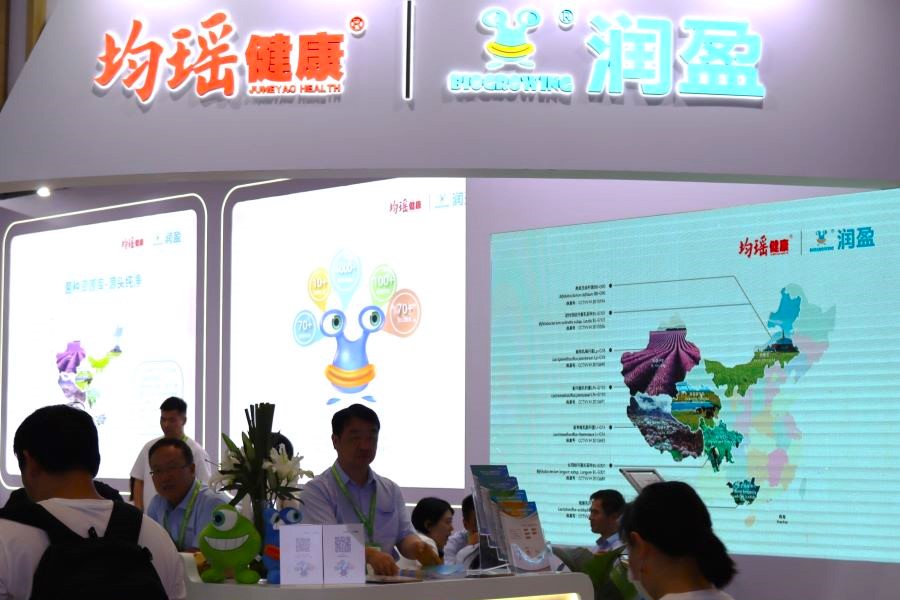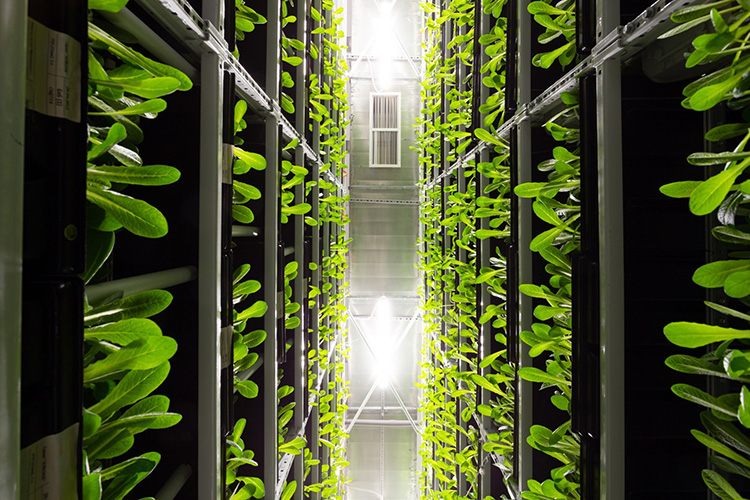Economic Viability of Agriculture and its Impact on Sustainable Development Goals
Introduction: A Crisis in Agricultural Profitability
A report from Arkansas indicates that farmers are confronting a severe economic crisis, characterized by an inability to achieve profitability from their agricultural products. This situation has worsened in recent years, threatening the livelihoods of farming communities and the stability of the food supply chain. This crisis directly challenges the achievement of several key United Nations Sustainable Development Goals (SDGs).
Direct Challenges to Sustainable Development Goals
- SDG 2 (Zero Hunger): The financial instability of primary food producers jeopardizes food security. When farming is not economically viable, the production of essential crops like rice, corn, and soybeans is at risk.
- SDG 1 (No Poverty) & SDG 8 (Decent Work and Economic Growth): The ongoing financial losses for farms push agricultural families towards poverty, undermining the principle of decent work for all. This trend stifles rural economic growth, which is heavily dependent on the agricultural sector.
- SDG 12 (Responsible Consumption and Production): The current economic model for agriculture in the region is unsustainable for producers. Sustainable production patterns require economic viability for those who cultivate the land and produce the food.
Analysis of Causal Factors
- Declining Commodity Prices: According to data from the United States Department of Agriculture (USDA), prices for major crops, including corn, soybeans, and cotton, have experienced a drastic decline since 2022. Rice farmers report that current market prices are more than a dollar per unit below their break-even cost.
- International Trade Disruptions: A significant contributing factor is the reduction in international demand for U.S. agricultural goods. The lack of trade agreements with major consumer nations, such as China, has led to a surplus of domestic supply and depressed prices for commodities like soybeans, corn, and rice.
- Escalating Operational Costs: The cost of essential farming equipment has become prohibitively high. The capital investment for machinery, such as a single combine valued at $800,000 with a $100,000 header, creates a substantial financial burden that cannot be serviced by current commodity revenues.
Proposed Interventions and Long-Term Solutions for SDG Alignment
To address the crisis and realign the agricultural sector with sustainable development principles, both short-term and long-term measures have been proposed.
- Short-Term Support (Addressing SDG 1 & 2): There is a call for immediate intervention from the USDA to provide financial assistance. This measure is seen as a necessary stopgap to prevent farm closures, protect farmers from poverty, and ensure the continuity of food production.
- Long-Term Strategy (Addressing SDG 8, 12, & 17): The consensus among farmers is that the ultimate solution lies in restoring fair and profitable market conditions. This involves strengthening partnerships (SDG 17) to re-establish international trade programs and markets. The goal is to create a self-sustaining industry where farmers can cover their costs and earn a living through the sale of their commodities, ensuring decent work (SDG 8) and a truly sustainable production system (SDG 12).
Analysis of Sustainable Development Goals in the Article
1. Which SDGs are addressed or connected to the issues highlighted in the article?
The article highlights several issues faced by farmers in Arkansas, primarily economic unsustainability, which connects to the following Sustainable Development Goals (SDGs):
- SDG 1: No Poverty: The article directly addresses the financial struggles of farmers, stating that “most farms over the past few years have lost money.” This loss of income and inability to make a profit pushes farming families towards economic hardship and poverty.
- SDG 2: Zero Hunger: The focus is on farmers who produce essential food commodities like rice, corn, and soybeans. Their inability to “sustain our industry” threatens the stability of food production systems, which is a cornerstone of achieving food security and ending hunger.
- SDG 8: Decent Work and Economic Growth: The article describes a crisis within a key economic sector—agriculture. Farmers are unable to achieve economic viability, as highlighted by the statement, “It takes quite a bit of revenue to just make the payments, and I just don’t see where the farming is right now, is in a good situation.” This reflects a lack of decent work and sustainable economic growth for this group.
- SDG 17: Partnerships for the Goals: The article points to the role of international trade and government policy in the crisis. The breakdown of “the agreement with China” and the call for the “USDA to step up and to help farmers… and fix some of these trade programs” underscore the need for effective partnerships and coherent policies at national and global levels to support sustainable agriculture.
2. What specific targets under those SDGs can be identified based on the article’s content?
Based on the issues discussed, the following specific SDG targets are relevant:
- Target 2.3 (under SDG 2): “By 2030, double the agricultural productivity and incomes of small-scale food producers…” The article illustrates a direct challenge to this target, as farmers’ incomes are declining rather than increasing. The statement that the current price of rice is “over a dollar less than what he needs to break even” shows a clear failure to secure viable incomes for food producers.
- Target 2.c (under SDG 2): “Adopt measures to ensure the proper functioning of food commodity markets… to help limit extreme food price volatility.” The article’s central theme is the failure of the market to provide profitable prices for farmers. The call to get “markets back to where they can sell for profit” directly relates to the need for better functioning commodity markets.
- Target 8.2 (under SDG 8): “Achieve higher levels of economic productivity through… technological upgrading and innovation…” While farmers are using expensive modern equipment like an “$800,000 combine,” the article shows that the economic environment does not support this investment, indicating a disconnect between technological upgrading and economic productivity/profitability.
- Target 17.10 (under SDG 17): “Promote a universal, rules-based, open, non-discriminatory and equitable multilateral trading system…” The article explicitly links the farmers’ crisis to a breakdown in international trade, noting that a major factor is that “other countries are no longer buying these goods” and specifically mentioning the lapsed “agreement with China.”
3. Are there any indicators mentioned or implied in the article that can be used to measure progress towards the identified targets?
The article mentions or implies several indicators that can be used to measure progress:
- Farmer Profitability/Income: This is a direct indicator for Target 2.3. The article provides qualitative data (“most farms… have lost money”) and a specific data point from farmer Terry Grimes, who states the price of rice is “over a dollar less than what he needs to break even.” Measuring the net income of farms would track progress.
- Market Prices for Agricultural Commodities: This is an indicator for Target 2.c. The article states that “since 2022, prices for crops like corn, soybeans, cotton, and others have drastically declined.” Tracking these commodity prices against the break-even costs for farmers would be a key performance indicator.
- Volume of Agricultural Exports: This is an implied indicator for Target 17.10. The article suggests a decline in exports, especially to China. Farmer Grimes notes that if China returned to the market, “they could use all of our soybeans, and our corn.” Monitoring export volumes to key international markets would measure the health of trade relationships.
- Government Support for Agriculture: This is an implied indicator for Target 17.13 (enhancing macroeconomic stability through policy coherence). The call for the “USDA to step up and to help farmers” suggests that the level and effectiveness of government assistance programs are crucial metrics for assessing policy responses to the crisis.
4. SDGs, Targets, and Indicators Table
| SDGs | Targets | Indicators |
|---|---|---|
| SDG 2: Zero Hunger | Target 2.3: Double the agricultural productivity and incomes of small-scale food producers. |
|
| SDG 2: Zero Hunger | Target 2.c: Adopt measures to ensure the proper functioning of food commodity markets. |
|
| SDG 8: Decent Work and Economic Growth | Target 8.2: Achieve higher levels of economic productivity. |
|
| SDG 17: Partnerships for the Goals | Target 17.10: Promote a universal, rules-based, open, non-discriminatory and equitable multilateral trading system. |
|
Source: kait8.com







